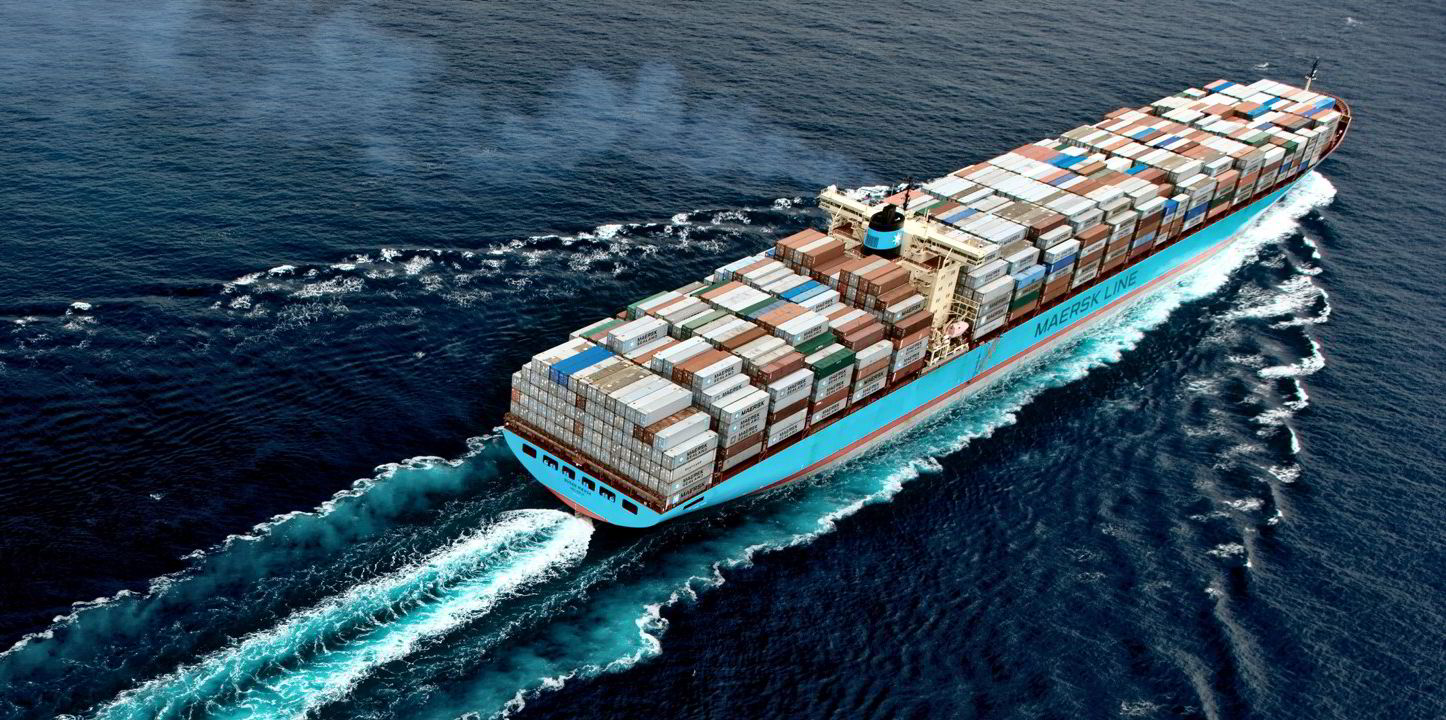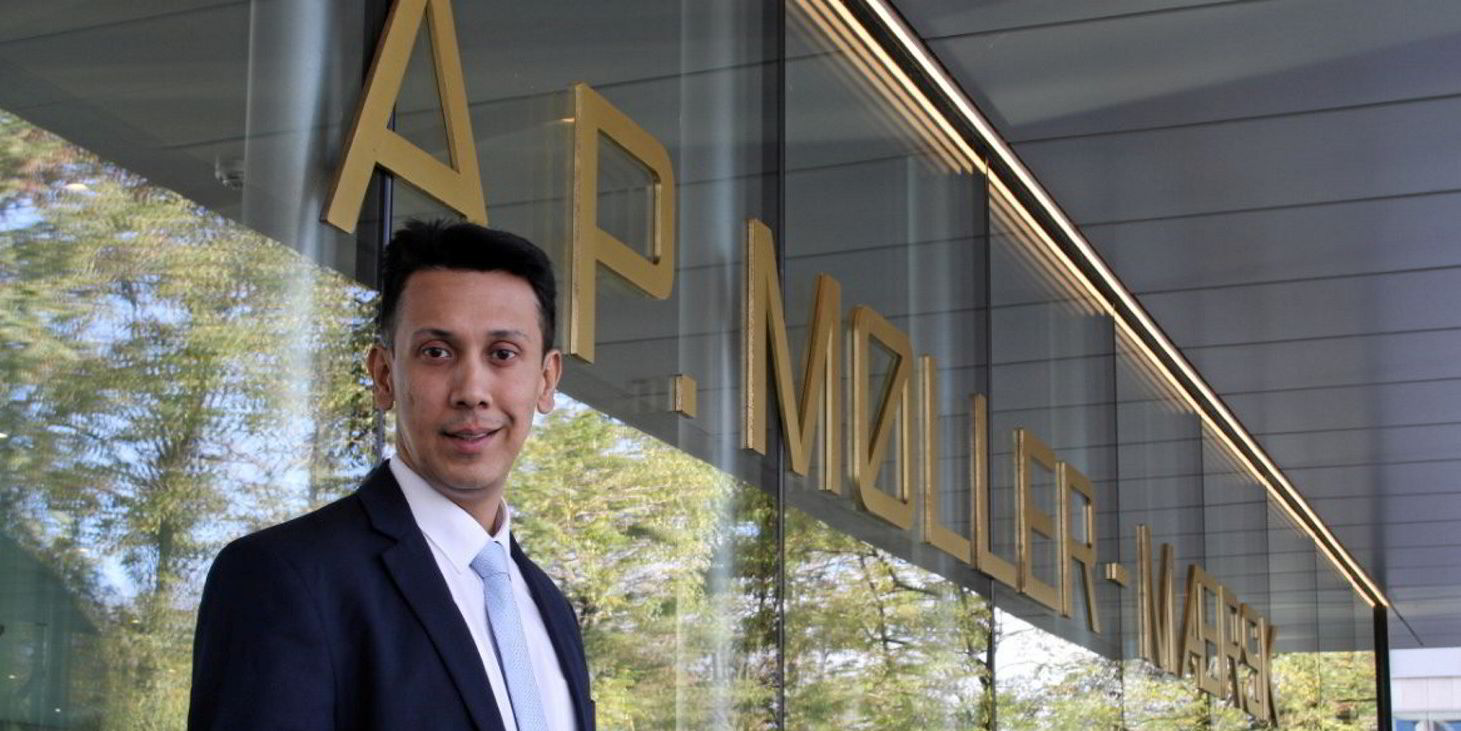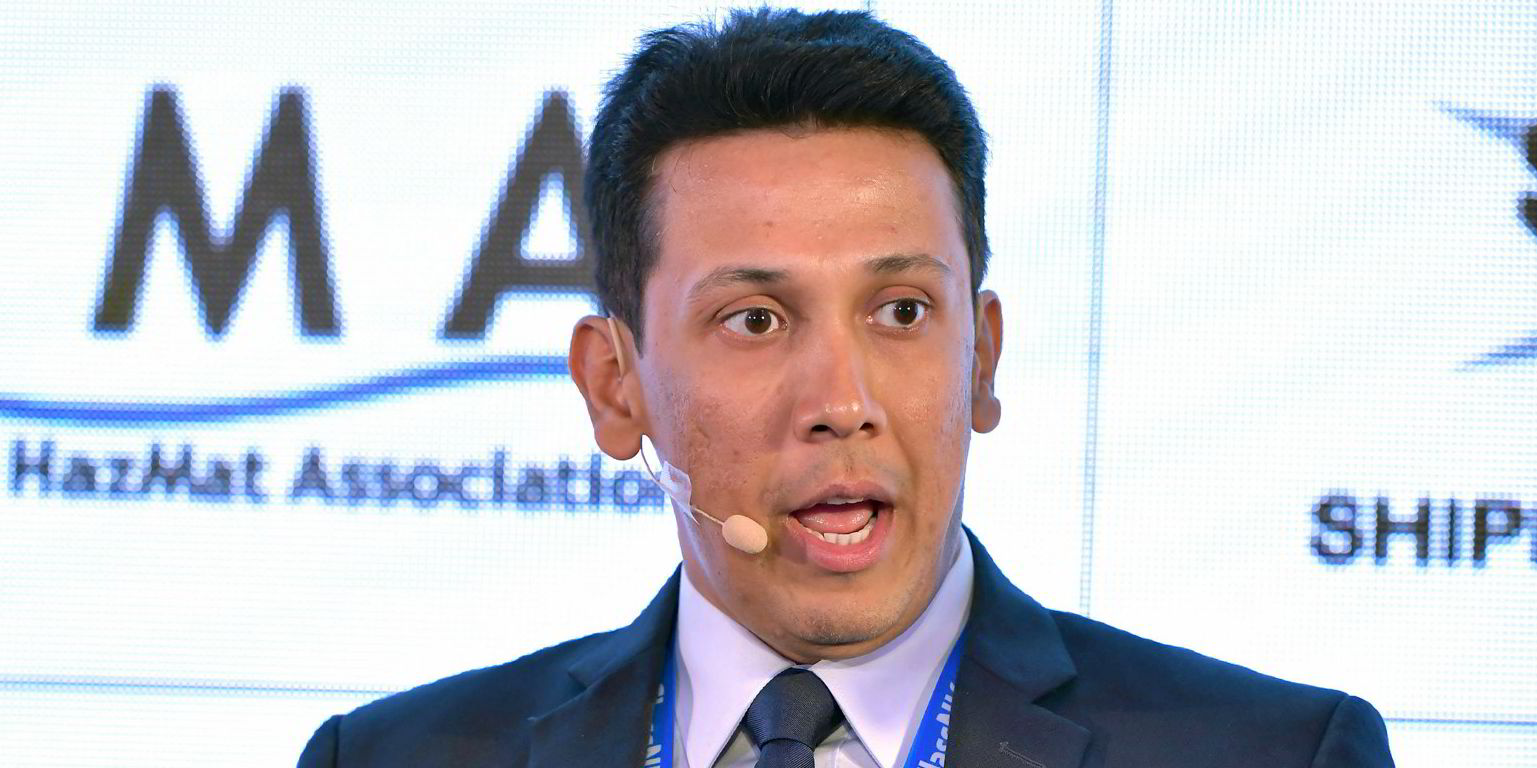A slew of huge post-panamax container ships will have to head to breakers’ yards in the coming years.
But a lack of capacity in Asia and Europe means a serious headache for shipowners.
This is where AP Moller-Maersk is hoping to step in with new partnerships.
Captain Prashant Widge, head of responsible ship recycling at the giant Danish shipowner, told TradeWinds there is a challenge ahead with post-panamax recycling.
The oldest such ships — dating back to 2006, 2007 and 2008 — are eight 17,800-teu vessels ordered by Maersk.
“Maersk was the first to build them, but there are several others who will have the same challenge coming immediately after,” he said.
“We have spelled out for a couple of years now that we are working towards creating responsible ship recycling solutions and opportunities.”
The company is working with potential new entrants to the recycling sector and wants to play the role of stakeholder and partner.
It is also “trying to go one step deeper in the value chain by engaging with the downstream markets”, Widge said.
Scrap will be differentiated and used for producing green steel.
Heading outside the yard gates
“That is where we are going outside the yard gates for the first time,” he said.
This initiative is part of increasing steel circularity to reduce indirect pollution, Scope 3 emissions.
“There’s not enough green steel — and we are the first in shipping joining the Climate Group’s SteelZero initiative,” Widge said.
“It’s very, very important that we get a unified definition, standard and validation regime around green steel and then connect our scrap to green steel. Today that’s not happening, and thus exists a risk of greenwashing.”
Steel produced from scrap is around five times lower in carbon output than that produced from iron ore, Widge argued.
He believes there will be double the amount of ship recycling globally over the next five years, and volumes will nearly quadruple over the next decade.
Huge opportunity

“With that volume of recycling, there is a huge opportunity to bring in new entrants. That’s what we are working towards and looking at it from a circular economy ecosystem approach.”
Non-European Union ships can be broken up in centres such as Alang in India, but EU-flag vessels have fewer options and usually end up in Turkey.
Widge said: “We are working with recyclers who today may not be recycling ships. Of course, we are working with Alang and shall continue to work with them."
But he acknowledged that it will be difficult for the existing players to cope with the volumes of vessels.
“That’s where there is a huge business opportunity but also a strategic imperative that we find solutions so that the vessels don’t end up waiting in queues for being recycled or in cold or hot lay-ups.
“We see a lot of interest in it but we’re very early in that journey.”
No limits
Maersk is not limiting itself to a particular geographical spread of new recycling sites, Widge explained, as it is a global company.
The group is trying to be creative in terms of venues, including outside the usual centres of shipbuilding and recycling.
“We are in dialogue across the globe with interested parties,” he said.
“Based on how the container shipping markets mature, we will have vessels coming up for recycling at Alang and Aliaga [Turkey] in the next years.”
The company has seen an extraordinary market in recent years, but that is starting to change.
“We wanted all our ships and containers to be at sea to serve our customers,” Widge said.
“Every time shipping markets are strong, ship recycling is not very busy, and vice versa.”
Clock is ticking
But will new yards be ready in time?
“That’s a challenge we are up against. As a ‘glass half full’ person, I look on it as an opportunity,” he replied.
“It’s a business imperative for us to have sites that are ready, because otherwise our vessels are ageing and we need to fund compliant and commercially viable solutions.”
The situation requires future-proofing: “You need to be a 2050 yard today. We want yards that are able to invest in innovation and automation.”(Copyright)





